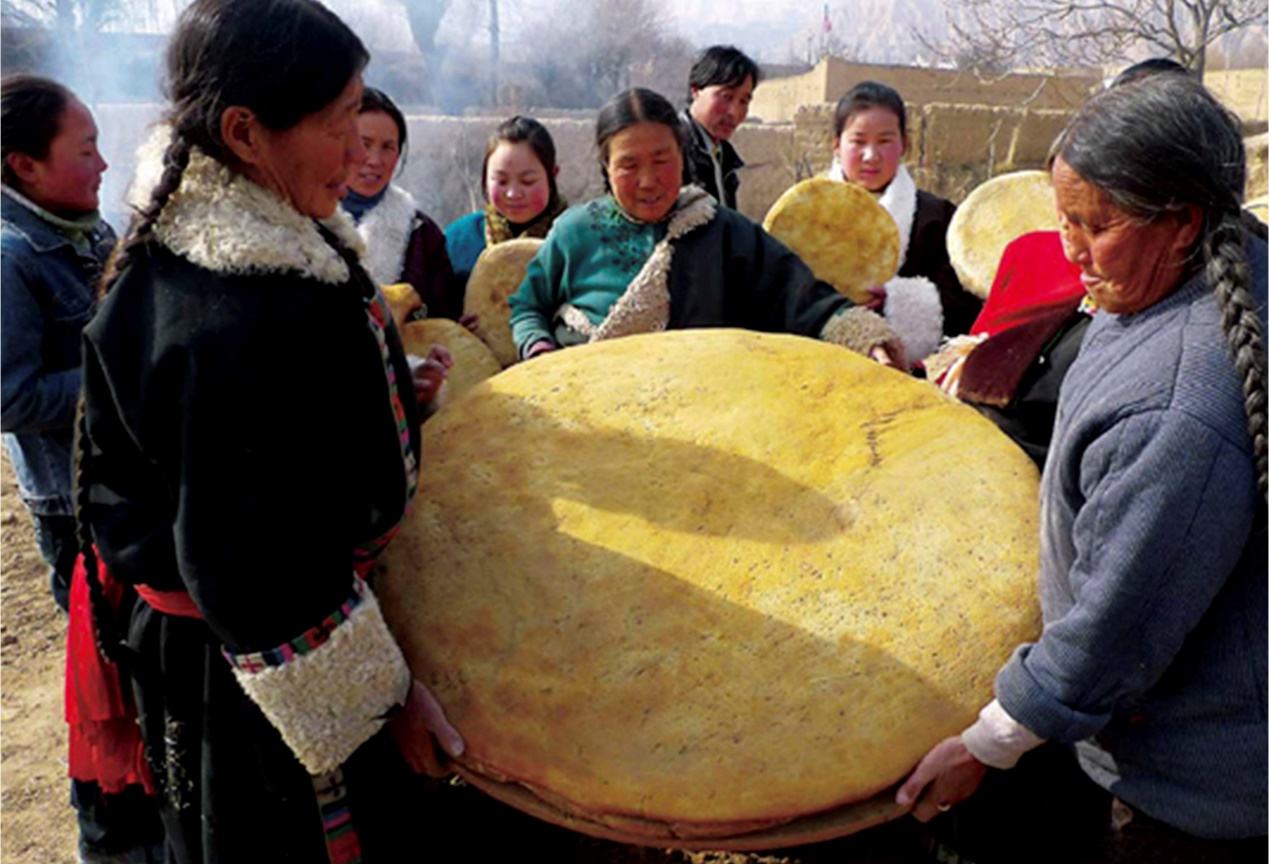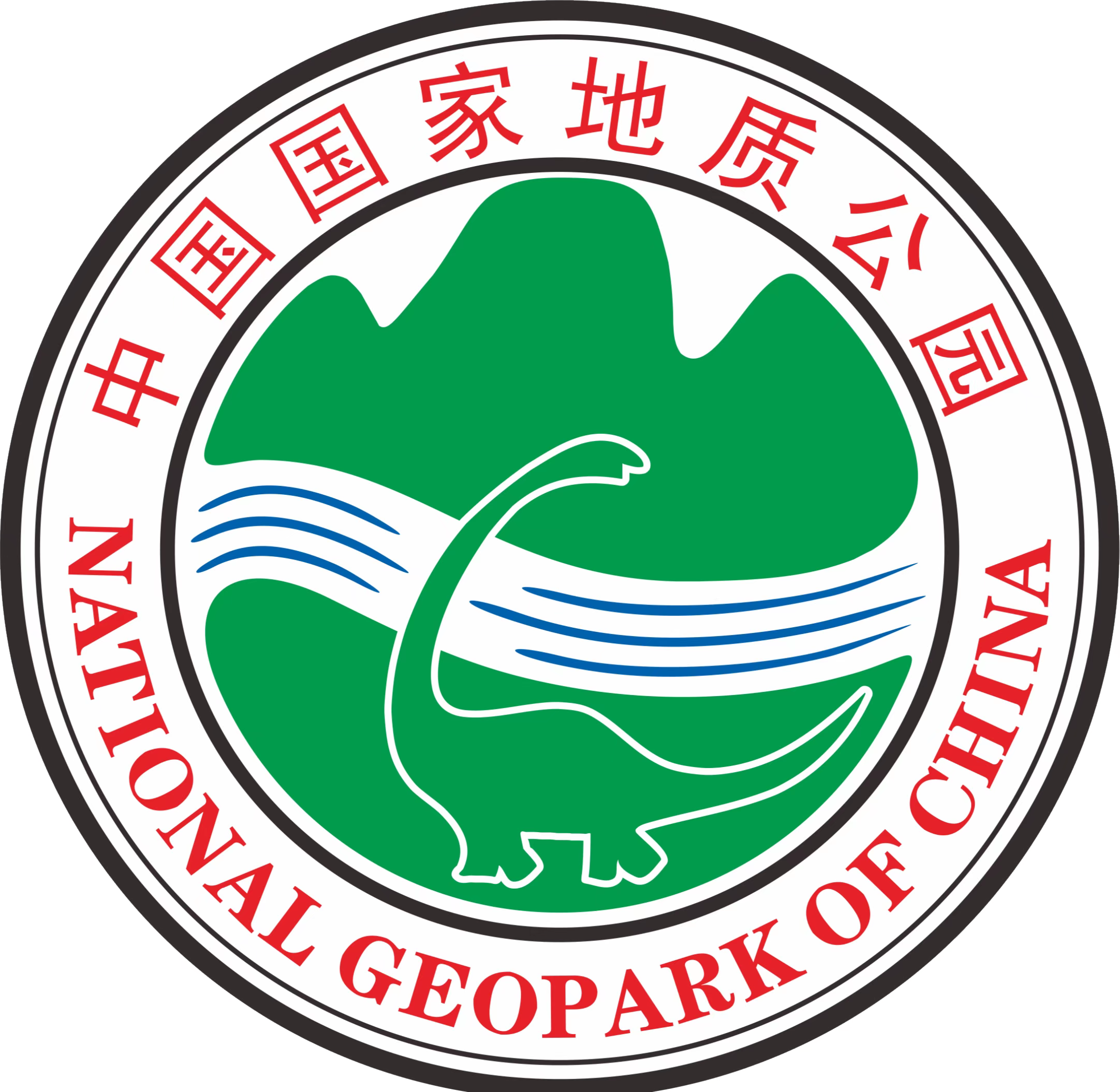In 2018, it was rated as a provincial-level intangible cultural heritage protection project. The Angla region has had the skill of Shaobing (Baked cake in griddle) since it planted highland barley wheat, while the Angla big Shaobing (Baked cake in griddle) was made for the soldiers during the Tufan period. Subsequently, in 1341 AD, the Angrasekang Monastery designated the auspicious day of the zodiac and invited the temple lamas to worship the Buddha, recite scriptures, and offer silk, Hada, and other mascots to the gods. Once the above ceremony was held, the formal production process of "burning steamed buns" could begin. It is a great gift giving product from ancient times to the present. During the Chinese New Year, holding banquets to celebrate, and burning large cakes on earth after funeral are essential contents. Especially for food during wars and expeditions, as well as delicacies for humanities and worship of gods.
Angla Guomo Cut among the local baked dough cakes, the Angla special round cake located on the south bank of the Yellow River, known as "Angla Guomo Cut", is the most famous. Unlike other regions where small pancakes are made, villagers in Angla can mix up to a thousand pounds of flour and burn extra large circular pancakes with a diameter of several meters in the burnt red crushed and flattened soil ash. In 2021, the Angla Guomo Cut was certified by the World Records Certification Agency (WRCA) as the "world's largest earth baked bun".




